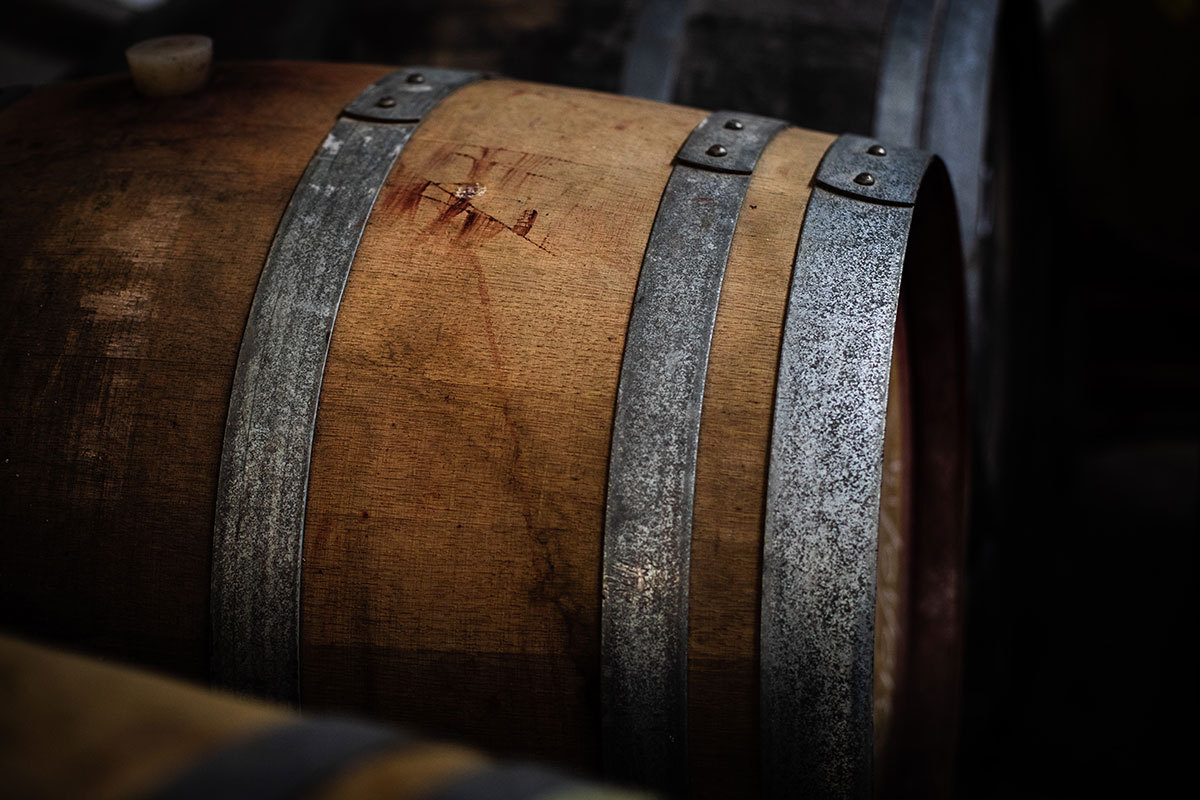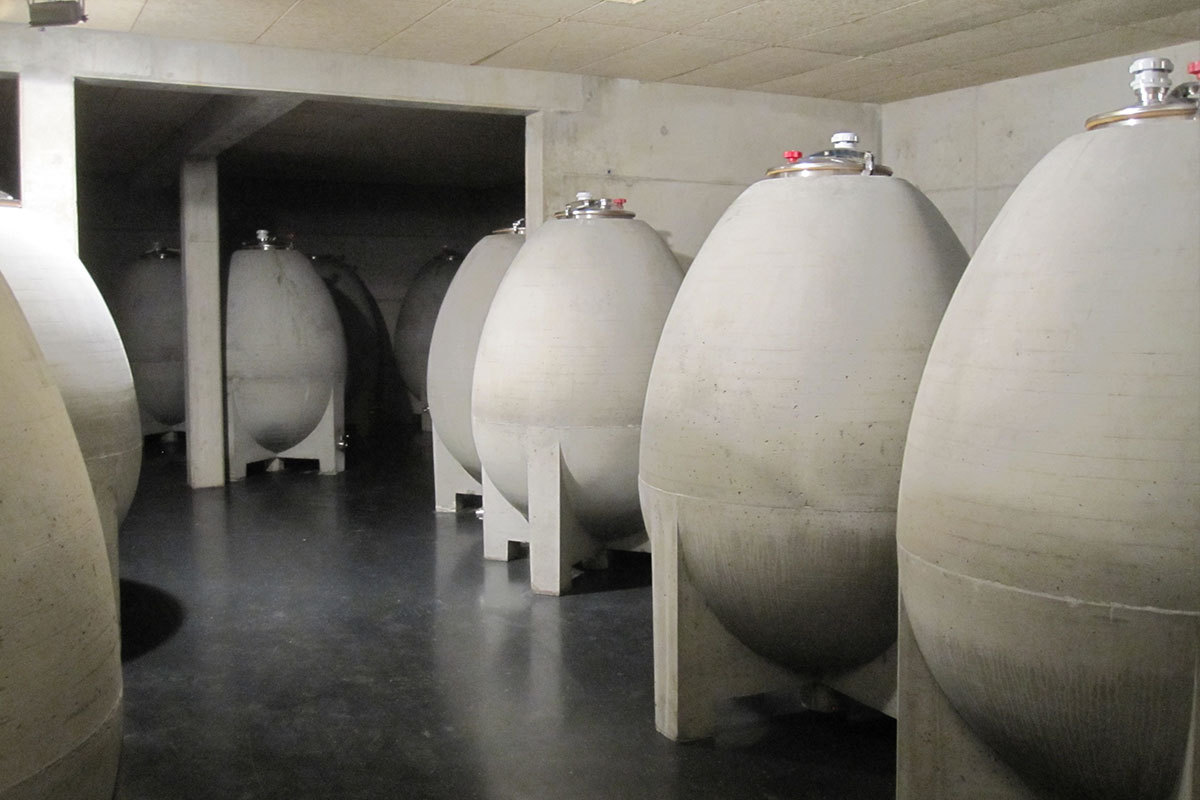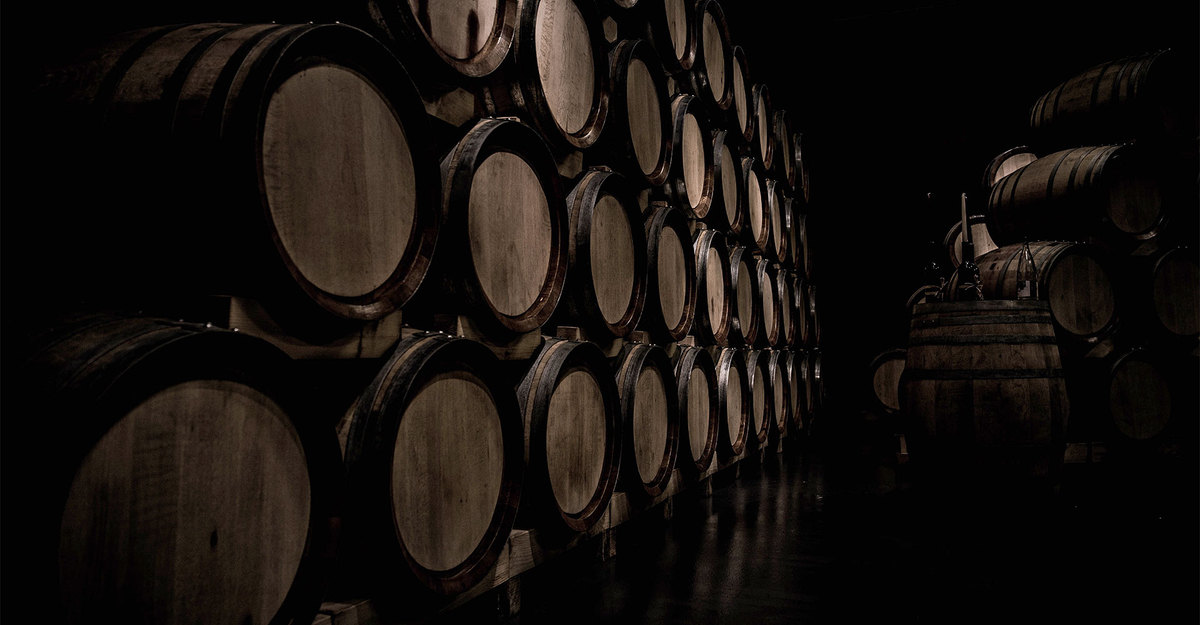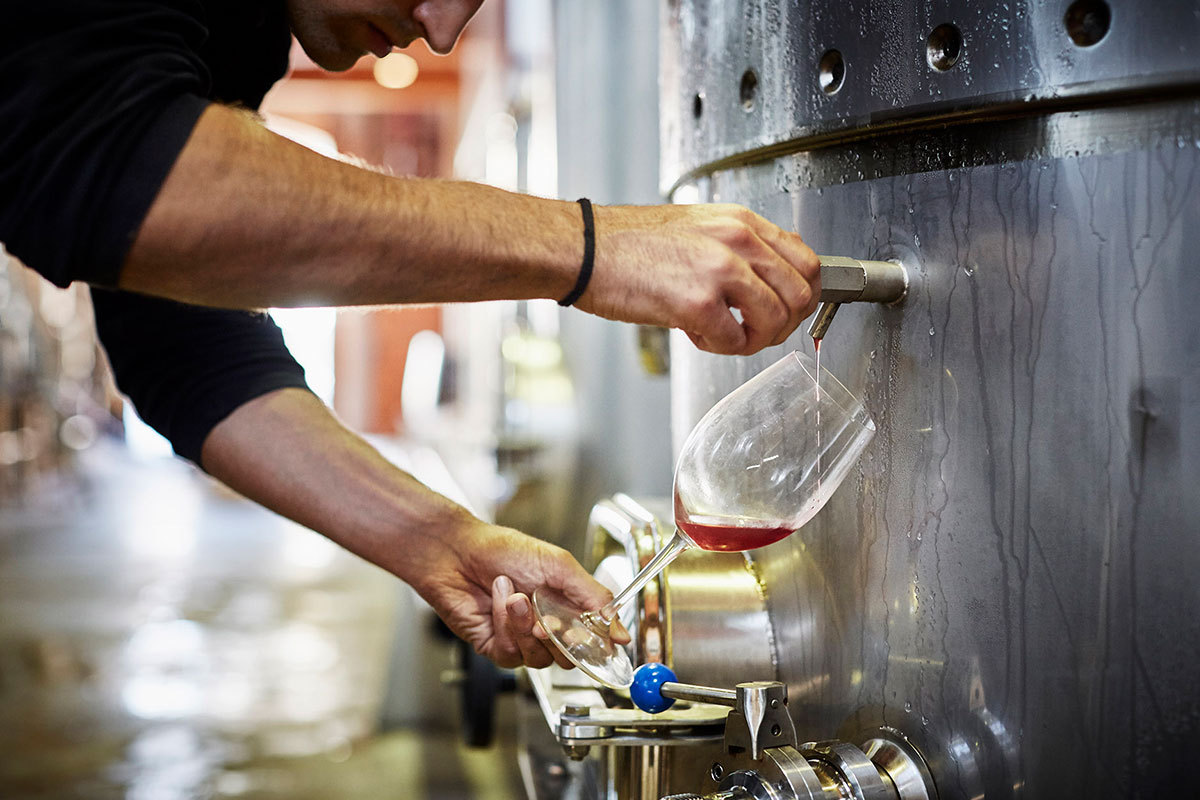27 de May de 2021
Methods for wine aging
You’ve probably heard about wine aging, but what does really this mean? Here we tell you everything you need to know about oak barrels, stainless steel tanks, concrete eggs and more.
After its fermentation and before being bottled, wines can spend a few weeks or years in different types of containers. This period which is known as aging and we generally associate with the use of barrels, is important because good and essential things can happen. Which ones? Protect the wine from its environment, prevent it from coming into direct contact with oxygen and not turning into vinegar. It will also affect its flavours, textures, aromas and colour, since over time will mature and integrated in a well-balanced wine.
But wine isn’t only kept in oak barrels. Also in stainless steel tanks, and little by little amphorae and concrete eggs have gained ground in this process.
The use of oak

Photo by Charl Folscher on Unsplash
If you like wine, you probably already tried a Cabernet Sauvignon with hints of smoke, chocolate or vanilla. Those are exactly some of oak flavours. European and American oak are the main ones, although Raulí is also used in Chilean pipeños. While European oak provides lighter notes, American oak gives stronger flavours that more structured wines such as Cabernet Sauvignon receive better. At the same time, oak barrels have different levels of toasting, they can be new or used and come in different sizes (foudres, for example, are very large wooden barrels that store from 1,000 to 50,000 litres). What does this mean? The more toasted the wood, the greater the smoky notes and vice versa. Plus, the smaller and newer the barrel, the stronger the oak influence.
When the oak is new adds more tannins to the wine. That component that gives it astringency -imagine a strong cup of tea-, greater structure and that helps to stabilize the colour as extend its aging in the bottle. But over time the pores of the wood become clogged and lose the ability to transfer tannins and flavours to the wine. Even so, they help its micro-oxygenation: exposure to low levels of oxygen that allow the wine to age slowly, softening astringency and making its flavours more complex. Finally, the “final recipe” will be a decision of the winemaker. In Gran Reserva Serie Riberas Malbec, for example, a 14-month aging period is used in French oak barrels and 5,000-litre foudres.
Stainless steel tanks
Other times, winemakers prefer not to use oak because they want a younger wine (like varietals), fresh, fruity and light. As well when they consider that the variety will not benefit from its attributes since the wine does not have tannins to soften as happens with whites or reds with little presence of them, such as Cabernet Franc.
Being airtight and made of an inert material, stainless steel tanks work perfectly to contain aromas with almost no exposure to oxygen. However, it will take longer for wine to reach the levels of evolution that it achieves with oak or other porous materials such as clay, porcelain, or concrete. Terrunyo Sauvignon Blanc 2019, whose aging lasts for 6 months in stainless steel tanks, is an excellent example of a wine with a very expressive and juicy character in which the fruit prevails over its storage capacity. However, there are white varieties that are not very aromatic like Chardonnay, so they are usually kept in barrels and thus gain complexity.
From amphorae to concrete eggs

Ph: Vinosseur.com
The use of oval containers dates to biblical times. The first signs appeared in Georgia 8,000 years ago, where amphoras called qvevri are still used. 3,000 years ago, the Greeks and Romans also used large jars for storage. It is the ancient way of transporting, fermenting and storing wine. That is why modern oenology wanted to imitate them, creating in 2001 the egg-shaped fermenters, better known as concrete eggs. Developed with this or another porous material, the wine is exposed to low levels of aeration. Its circular shape (without corners) causes the wine to be in constant movement creating a kind of whirlpool that neither barrels nor steel tanks could unleash due to its shape. Then the wine is more homogeneous and ferments in contact with its lees, gaining new flavours and textures. With this method, wines don’t need artificial refrigeration.
Many winemakers agree that wines fermented and stored in concrete amphoras, jars, or concrete eggs have a better mouthfeel. Plus, in the nose it is common to find a slight contribution of earthy notes. Would you like to check it out for yourself? You could start with Marques de Casa Concha Rosé Cinsault 2019 whose storage is 85% made in concrete eggs. Or Gran Reserva Serie Riberas Chadonnay, where 80% of its aging is carried out in oak barrels and 20% in concrete eggs for 12 months.
As you can see, when it comes to aging there are many alternatives that will depend on factors ranging from the variety of the grape and its quality to the style of the winemaker in charge. Are you ready to choose one?











